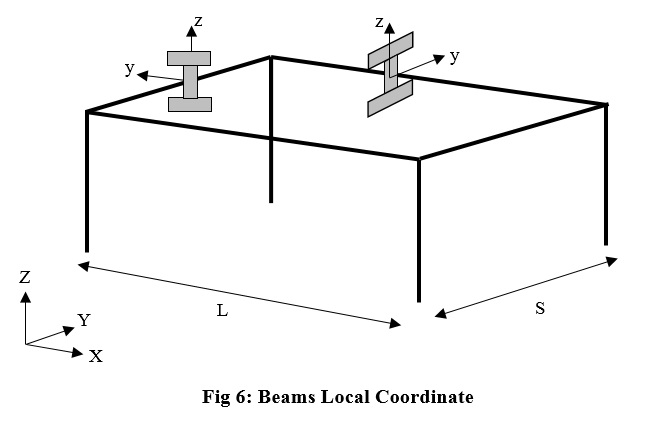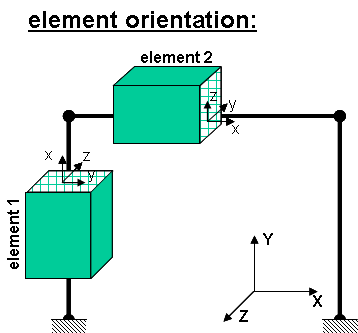

Finally, practical recommendations for achieving enhanced resistance of the seismic response of pile foundation in liquefiable soil are provided.ġ.

Moreover, the feasibility of successful remediation techniques for earthquake resistance is briefly reviewed in light of the pile behaviour and failure. In this context, using Winkler foundation approach with the proposed p–y curves and finite-element analyses in conjunction with numerical analysis methods, are outlined.

The emphasis is placed on delineating the concept of seismic design loads and important aspects of the dynamic behaviour of piles in liquefiable soils.

Furthermore, the dynamic response commentary is provided by critically reviewing experimental investigations carried out using a shaking table and centrifuge modelling procedures. In this regard, several most common failure mechanisms of piles during seismic liquefaction such as bending (flexural), buckling instability and dynamic failure of the pile are introduced. The aim is to build a strong conceptual and technical interpretation in order to gain insight into the mechanisms governing the failure of structures in liquefaction and specify effective requalification techniques. As importantly, it can also reduce the residual displacement after the earthquake to near zero.This chapter presents a concise overview of the mechanics of failure, analysis and requalification procedures of pile foundations in liquefiable soils during earthquakes. The results of this study show that applying viscous dampers can reduce the relative displacement of the superstructure with reference to the substructure for up to 60 percent. The relative displacement histories were recorded for the bridge in two cases: 1- with only LRBPs and 2- with viscous dampers and LRBPs (VD-LRBP system). With the validated model, a 3D Nonlinear Time History Analysis (NTHA) was conducted on a reinforced concrete bridge model under various records of earthquakes using OpenSees, an open-source finite element software. A Finite Element (FE) model was first developed and validated using available experimental and numerical results. This study investigates the effectiveness of a VD-LRBP system, a viscous damper in conjunction with LRBPs, in dissipating energy and reducing the displacement of the superstructure with reference to the substructure caused by sliding at bearing during a seismic event. Among all types of restrainers, viscous dampers as passive energy dissipation devices have shown a great capacity in damping earthquake energy. Accordingly, proper restrainers should be selected to prevent large displacement. However, recent investigations show that large relative displacement of superstructure against substructure caused by sliding at bearing (sliding between girders and LRBPs) can cause expansion joint failure or even bridge span collapse. Although not designed for seismic loads, they can act as a fuse, partially isolating the substructure from the superstructure and keeping the piers intact during earthquakes. Normally, Laminated Rubber Bearing Pads (LRBPs) are directly placed between girders and piers and their role is to provide the bridge span with horizontal movement, and to transmit the gravity loads from the deck to the piers.


 0 kommentar(er)
0 kommentar(er)
